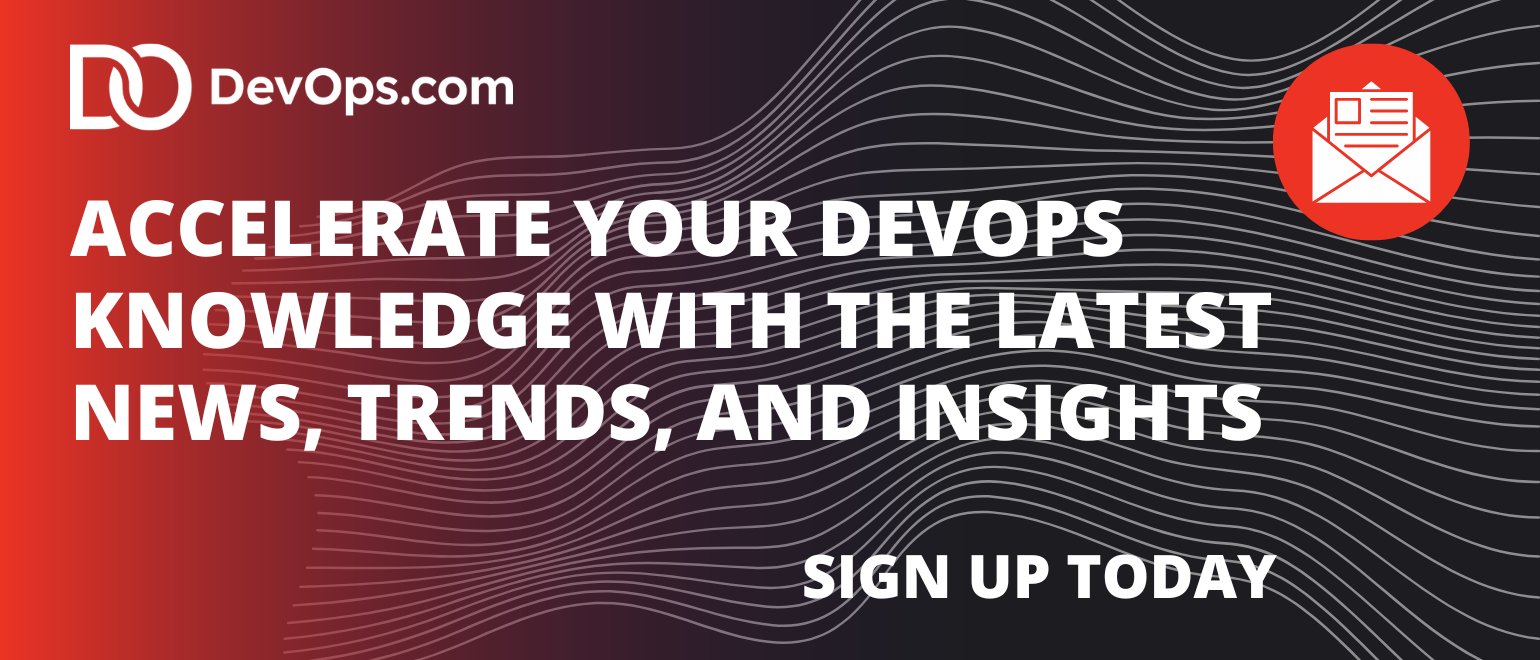Development rarely follows one straight path. You sketch ideas, prototype, test, swap tools, iterate, and repeat. The increasing availability of free, limited-use AI tiers and locally run open-source AI LLMs is accelerating that loop. These tiers are not marketing fluff. They are practical on-ramps for developers and engineers. They offer the freedom to test, compare, and refine without upfront cost.
Free Tiers For The Taking
GitHub provides a free Copilot tier: up to 2,000 code completions per month, plus 50 premium requests (chat / “agent mode”) interactions. Available in VS Code, Visual Studio, JetBrains IDEs, and more. It includes access to Claude 3.5 Sonnet and GPT-4o models. (https://github.com/features/copilot/plans, https://docs.github.com/copilot/concepts/copilot-billing/about-individual-copilot-plans-and-benefits)
Anthropic’s Claude is free to use on the web, iOS, Android, and desktop with usage limits. Its API is not free. (https://www.anthropic.com/pricing, https://docs.anthropic.com)
OpenAI’s GPT-5 is available to free ChatGPT users with strict usage caps. Its API requires prepaid credits, minimum $5. (https://www.wired.com/story/openais-gpt-5-is-here, https://help.openai.com/en/articles/8264644-how-can-i-set-up-prepaid-billing)
New AWS accounts get up to $200 in credits valid for six months. Generative AI services like Bedrock move to pay-as-you-go after that. (https://aws.amazon.com/about-aws/whats-new/2025/07/aws-free-tier-credits-month-free-plan)
Google Cloud AI Studio and Firebase are free to access. The Gemini API has a free tier with lower rate limits; paid tiers offer higher capacity. (https://ai.google.dev/gemini-api/docs/pricing)
Cursor offers a free plan with usage limits. Windsurf provides monthly prompt credits across free and paid plans. (https://cursor.com/pricing, https://docs.windsurf.com/windsurf/accounts/usage)
Why This Matters to Developers
Flexible Model Switching: You can test multiple models (GPT-4o, Claude) without changing workflow or integration. That removes friction from choosing the best fit for your task.
Rapid Prototyping: No billing setup. You can try ideas, logic paths, and prompt styles immediately.
Cost-Effective Scaling: Validate with free tiers. When it works, choose paid tiers intentionally, not by guesswork.
Hybrid Model Approaches: Use GPT-5 or o1 for reasoning tasks, then cheaper models like Llama for bulk processing. Free access to each lets you refine that pipeline.
AI in Your DevOps Pipeline
Free models pair neatly with toolchains:
GitHub Actions could use a free model to auto-generate release notes, analyze test failures, or lint code.
Microsoft Azure DevOps can use GitHub Copilot Chat and Azure OpenAI Service to assist in pipeline creation, YAML authoring, and automated documentation generation.
Google Cloud Build can use Gemini to generate deployment docs or config templates.
AWS CodePipeline could incorporate Bedrock calls for compliance checks or IaC validation.
CLI tools across platforms can invoke these models for tasks like refactoring YAML, generating manifests, or annotating dashboards.
These are just a few examples of how these tools can be used with AI models. Running these in staging pipelines gives you low-risk experimentation before you roll out to production.
Go Local
Open-source and locally run LLMs such as OpenAI’s GPT-OSS, Meta’s Llama 3, and Mistral’s Mixtral are giving developers new options for building AI-driven applications without relying entirely on cloud APIs. These models can be downloaded, hosted on personal hardware, or deployed within private infrastructure, allowing full control over data, latency, and customization.
Running models locally means teams can experiment with fine-tuning for domain-specific tasks, integrate AI into environments with limited internet connectivity, and meet strict compliance or privacy requirements.
While local models may not match the scale or capability of their largest cloud-based counterparts, they offer a powerful balance of cost efficiency, adaptability, and independence that can be especially valuable for development, testing, and edge computing scenarios.
Who Else Should Care
It’s not just about developers: Test Engineers can generate synthetic test data, edge-case inputs, and test scripts. DevOps Engineers can automate pipeline scaffolding, log review, and incident summaries. Platform Engineers can prototype developer automation, self-service templates, and internal documentation.
Getting early hands-on experience helps you understand where AI adds value and where it doesn’t.
If you code, automate, build pipelines, test, or run platforms, start exploring these free AI tiers today. Plug models into your editor, Actions workflows, test frameworks, and CLI tools. Use them on real tasks, not just sample prompts. Track what works, what stumbles.
Experimentation costs almost nothing. Delay could cost your team time and innovation.
Recent articles by Mitch Ashley:
Kubernetes, AI, APIs, and YAML – A Future 2.0?
We’re Not Being Replaced. We’re Inventing What Comes Next, Including Ourselves
AI and You: Don’t Wait… Or Be Weight

Mitch Ashley is VP and Practice Lead of Software Lifecycle Engineering at The Futurum Group. The voice of “AI across the SDLC”, Mitch is a serial-CTO, speaker, advisor, entrepreneur, and product creator. He leads analyst coverage of the Software Development Cycle (SDLC), with emphasis on AI-native and agent development, cloud-native, DevOps, platform engineering, and software security.
See Mitch’s analyst research on the Futurum website.
Subscribers can access Mitch’s Software Engineering Lifecycle practice, decision-maker data, insight reports, and advisories through the Futurum Intelligence Platform.




